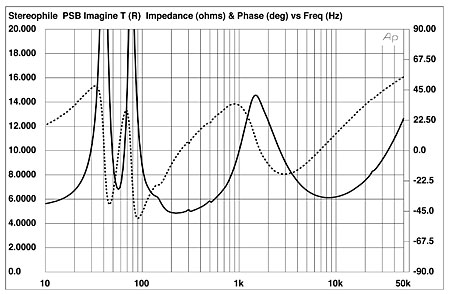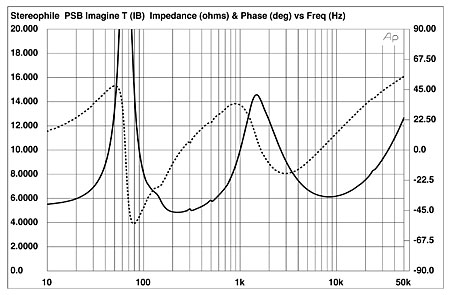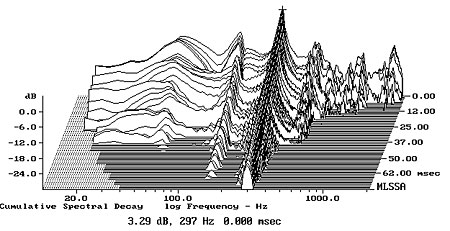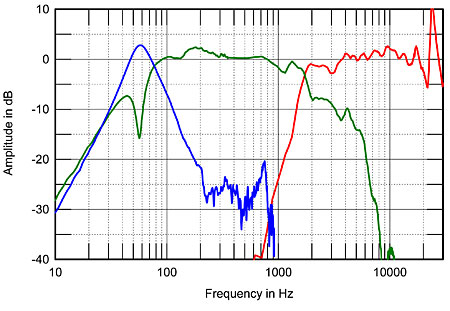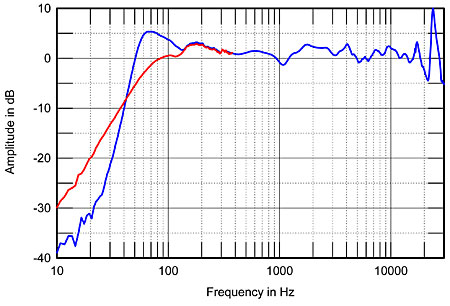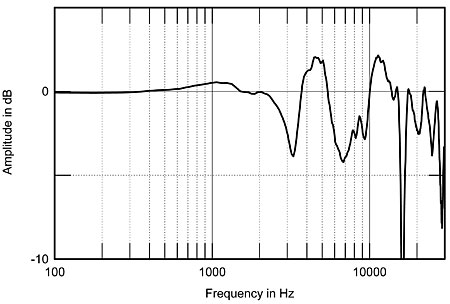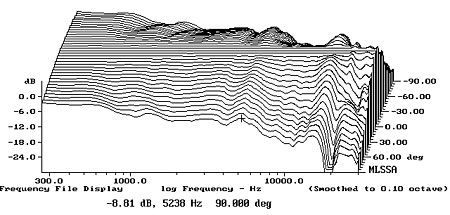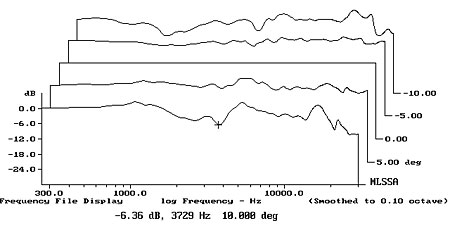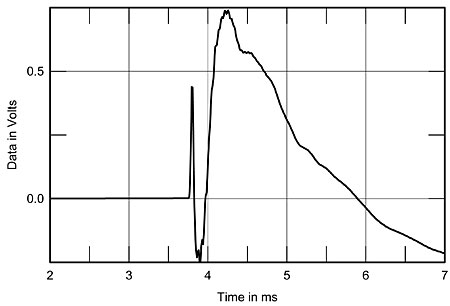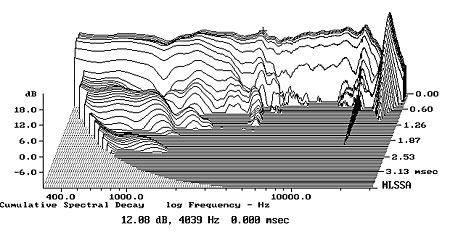| Columns Retired Columns & Blogs |
Alright Imagine T friends, my wife and I just acquired a pair of these great speakers and we're shopping for a new integrated amp (or separates) and DAC.
We'd like to keep the total for these to about $3K.
I'd love to hear from others who have experience with these. We've home auditioned most of the reasonable candidates we have easy access to in North Seattle. So far, the NAD C-165/275 Separates with the Musical Fidelity M-1 DAC have sounded best to us. The NAD C-375 was close behind. We're waiting on a Naim Nait 5i and we'll test it with the Rega DAC next week.
We listened to, but rejected the Rega Brio R (underpowered), Linn DS-I (over-smooth, narrower sound-stage, low-end opacity), NAD C-390DD (hollow), Rotel RA-1520 (overcool), Parasound P3/A21-3 (boring)
I'm also a newbie to higher-end cables. I don't want to spend too much on these, but would be happy to find the best match I can. When we were listening with the NAD separates, I could have still wished for a bit more grip and definition in the mid-bass. (We have a Velodyne VA 1210 100W powered sub that does a decent job crossed over at 50Hz.) I attribute this mostly to the dynamics of our small living room.
Also, we plan to connect my Technics SL1200 MKII phonograph, so phono stage is a consideration.
Thanks, in advance, for your thoughts.
